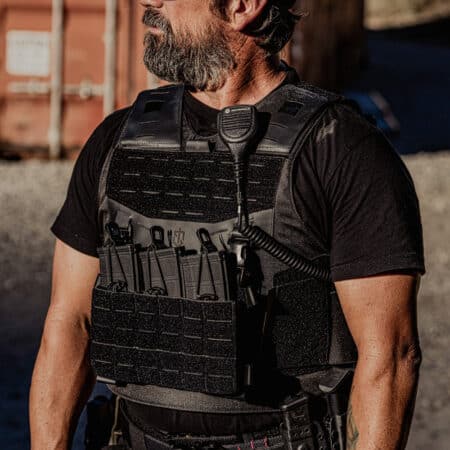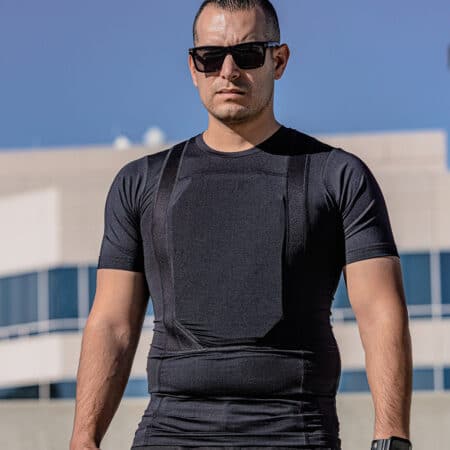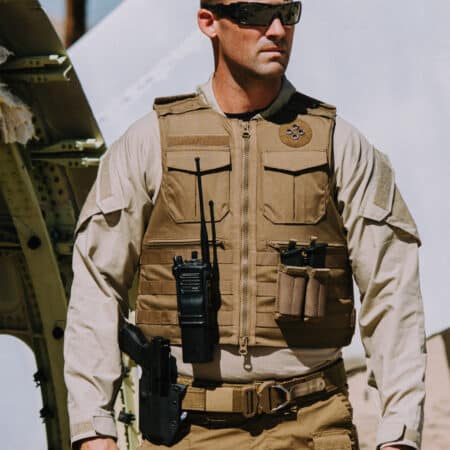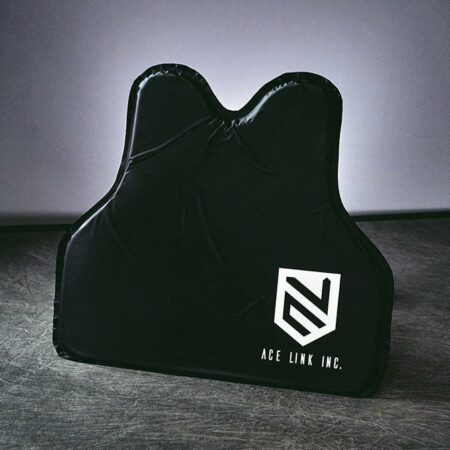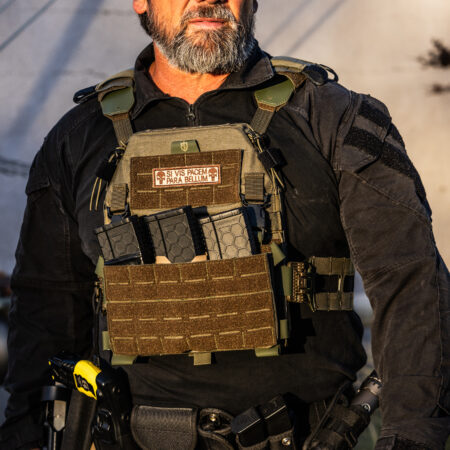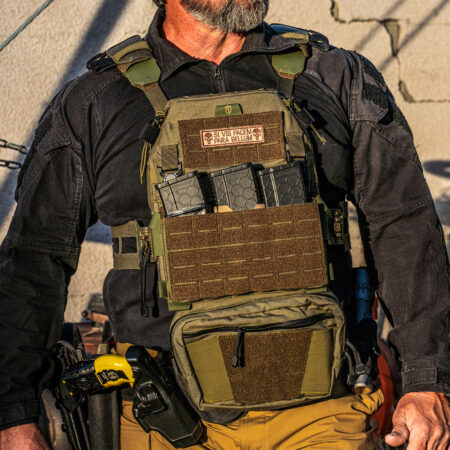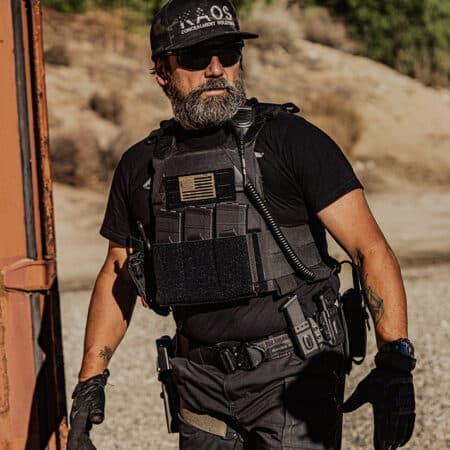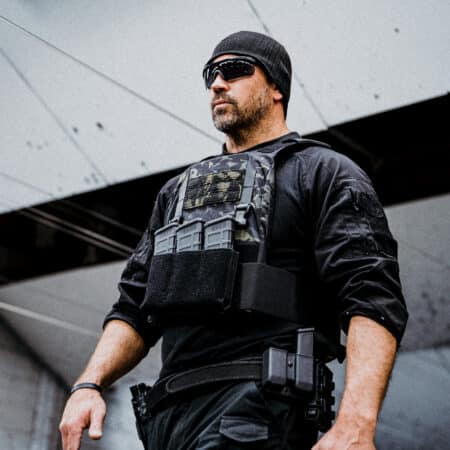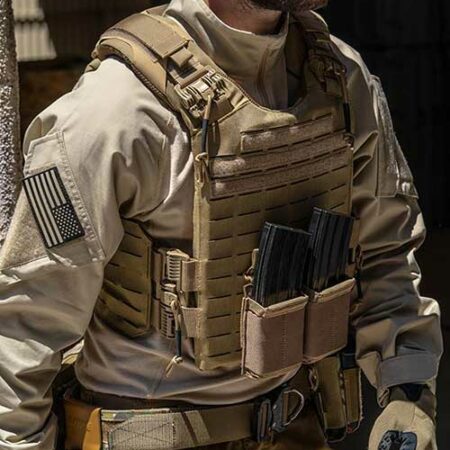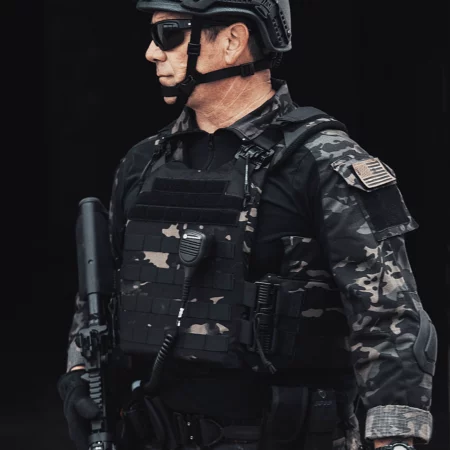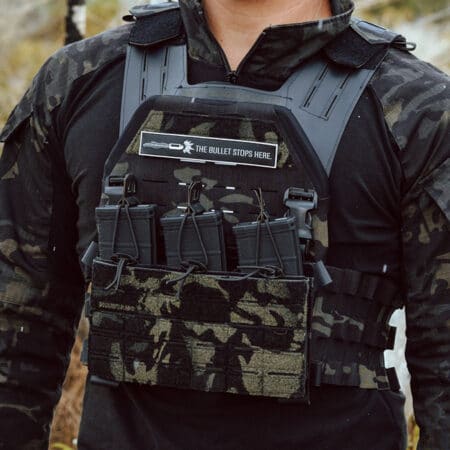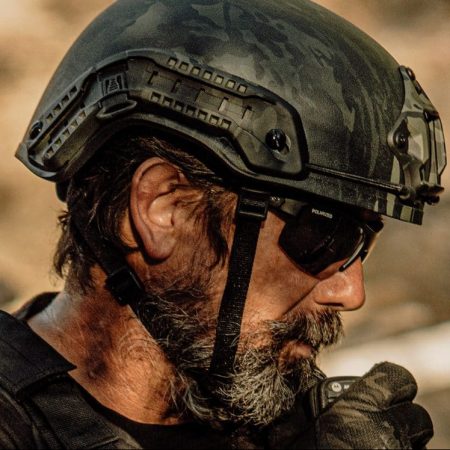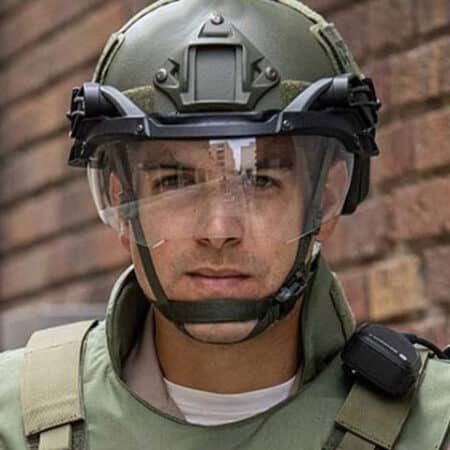It’s not too far-fetched to imagine a future with body armor that is completely resistant to bullets or weapons. we are already seeing the first steps in this direction, and some of these innovations will be discussed in this blog.
WHAT FUTURE INNOVATIONS WILL BODY ARMOR MANUFACTURERS BRING?
The future of body armor is looking pretty bright. The idea of body armor has been around for centuries, but it’s always evolving and changing with the times. In recent years, scientists have come up with a range of exciting new materials that are lighter and stronger than ever before to help law enforcement police officers wear protective clothing that will incorporate soft armor of the highest quality. After all, their ability to deflect physical attacks is critical!
The future of body armor is still being written, but it’s clear that this technology will be at the forefront. The innovations in plate carriers and lightweight protection and mobility are changing how military personnel operate on a day-to-day basis, which has spurred some incredible new developments for those serving overseas as well as back home here in America. Lightweight ballistic vests are one of the basic tactical gear a law enforcement personnel can wear for better protection.
Companies are exploring all sorts of options like liquid metal armor, polymer nanocomposites, graphene sheets- even using silkworms to spin fibers into bulletproof clothing! The possibilities seem endless when you consider how far technology has progressed over time. Hard armor curved plates and plate carriers are no longer the only highly recommended light weight body armor for first responders and others who provide safety to our communities. Additional protection of quality body armor products – that’s what will be sought after in the nearest future.
HOW BODY ARMOR HAS CHANGED SINCE WORLD WAR I
Humans have been seeking armor for centuries, and bulletproof vests are no different. the first ballistic vest was created in the late 1800s by a french army captain who wanted to create an impenetrable body armor defense against enemy weaponry that had begun using metal casings launched at high velocity. He came up with Aan idea of hard armor body armor plates (resembling current steel plates).
This invention proved ineffective as it could not withstand shots from newer rifles or machine guns; however, this did lead to improvements such as steel plates sewn into clothing on one side of the torso only because these areas were more susceptible to impact damage during World War I and II.
Nowadays plate carrier come with Kevlar lining which is woven tightly enough so that rounds fired from handguns will be stopped before reaching your body providing you weren’t hit too close- like in the head or neck. Soft armor body armor panels and choosing the proper plate carrier play very important role in your body armor setup.
MEETING THE NEED FOR ADVANCED PROTECTION
It’s no secret that the world is experiencing a new wave of violence and terrorism, so protection provided at affordable prices and fast shipping service of good quality product is very important nowadays. In response to this, military personnel have been issued with more advanced soft armor and plate carrier equipment and technology to shield them from harm.
This has given rise to some incredible innovations in body armor like exoskeletons- suits of armor that help propel military and armed forces into the next generation of personal protection.
In addition, there’s great potential in developing something akin to Iron Man-style technology where we can create lightweight soft armor bulletproof shields powerful enough to withstand a high caliber firearm round as well as being able to resist explosive blasts from hand grenades and roadside bombs. That is one impressive body armor!
These new light weight suits of soft armor and hard armor will let soldiers use these outfits to help provide more protection during battle and also prevent injury for those who are on the frontline. It is important that we prepare our personnel and police officers with the latest equipment possible so they can have advanced personal protection and stay safe while protecting us from harm.
WHAT IS AN EXOSKELETON?
Is exoskeleton a body armor? no, exoskeleton is a wearable device that can be used to assist with strenuous tasks such as lifting heavy objects, and reduce the risk of injury. imagine all the ways this technology could change our lives for the better, just through wearing this piece of technology.
Exoskeletons are powered by hydraulics or electric motors and are controlled through force feedback – meaning they respond when we exert force. There have been many different iterations of these devices over time, most suits have four attachments that help to support the wearer during physical activity in any direction, including overhead heavy lifting. A battery powers each attachment and can last six hours or more.
It’s usually used for people who have disabilities or injuries, but it can also provide an advantage for those with healthy bodies. While these new exoskeletons are going to help give those who need it an extra layer of protection on the battlefield or be used to allow people with paralysis from spinal cord injury to walk independently again after years of being bed ridden.
Future body armor innovations will continue to evolve in order to better protect our military personnel, but for now a high-quality suit of armor is just as important.
WHAT OTHER INNOVATIONS CAN WE SEE COMING?
developments in the field of artificial intelligence will have a significant impact on future combat systems. all current and near-term developments that are likely to be adopted by militaries depend upon machine learning, which is based on neural networks with many layers for processing information; because deep learning enables machines to do things like recognize images more quickly than humans can, it has been crucial to recent advances in autonomous vehicles and computer vision.
Deep learning, which is a subset of machine learning and artificial intelligence (AI), has been crucial to recent advances in autonomous vehicles and computer vision. Future combat systems will likely depend on AI as well because it enables machines to do things like recognize images more quickly than humans can.
This means that future combatants could be given the ability to see through fog or smoke with sensors rigged into eyeglasses, view thermal signatures through walls, or identify voices for targeting purposes without having human operators conduct visual surveillance.
FURTHERING TECHNOLOGIES
Engineers are always looking for ways to make body armor lighter and more flexible, with a focus on developing materials that can be produced in large quantities. the aim is to develop body armor that soldiers will want to wear while still providing them the best protection available.
Body armor could be a lifesaver when it comes to saving lives on the battlefield, but there needs to be awareness about how this type of innovation might change warfare forever if not used responsibly.
The future of body armor is something that needs to be considered carefully. There are a number of considerations, such as the effect on warfare and how this will affect soldiers’ lives in the long-term.
This article has only scratched the surface when it comes to what can go wrong with lightweight materials for body armor and military use; there are more ethical issues at stake than just saving fuel costs or making protective gear lighter and more comfortable for troops. Body armor is their basic tool and protective equipment at work.
We want you to know about these important considerations so that you can make an informed decision before investing time or money into developing new types of body armor. Whether you’re an engineer or a soldier, this article should be a required read for anyone interested in how technology can change the face of body armor and warfare forever.




